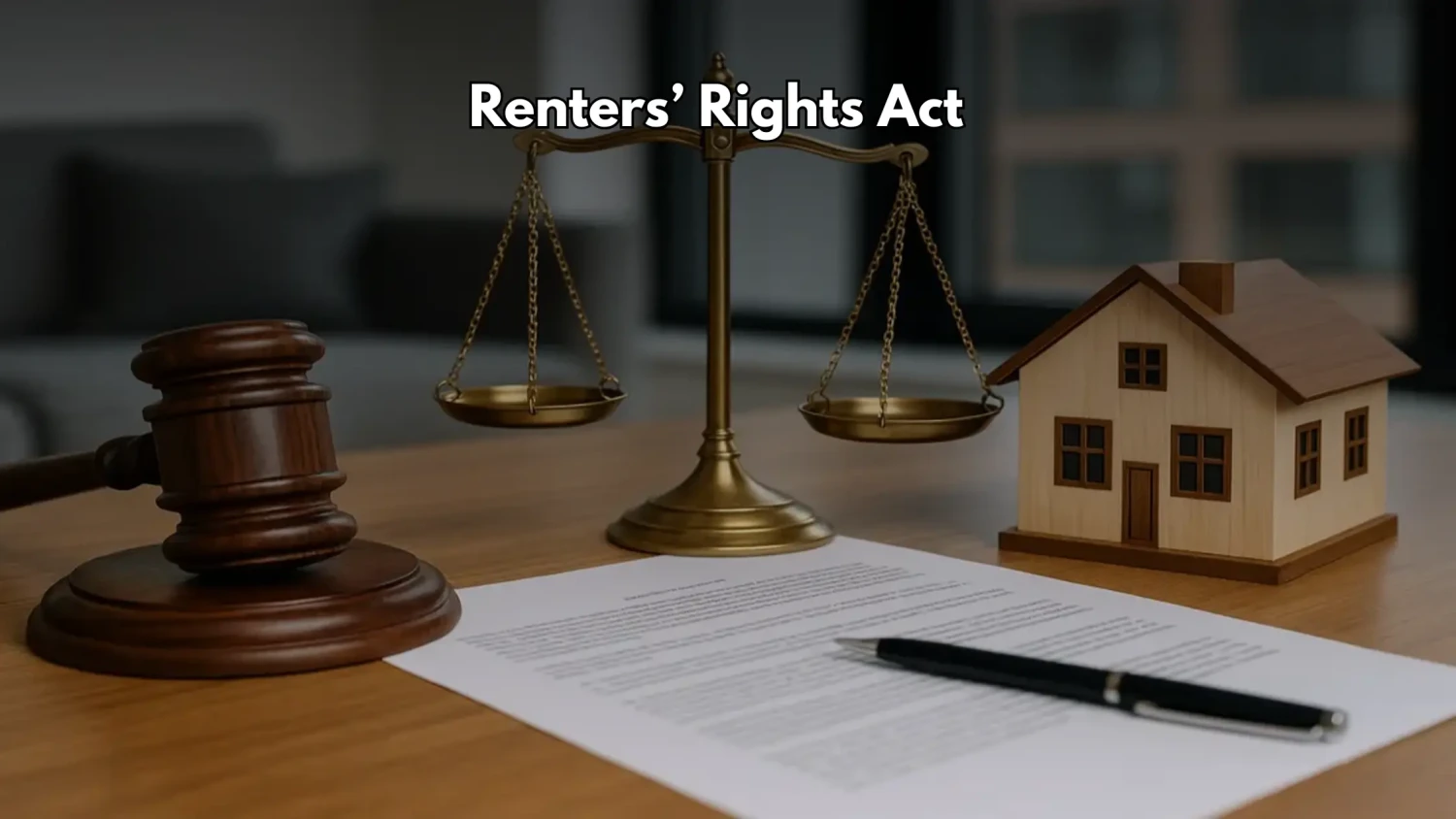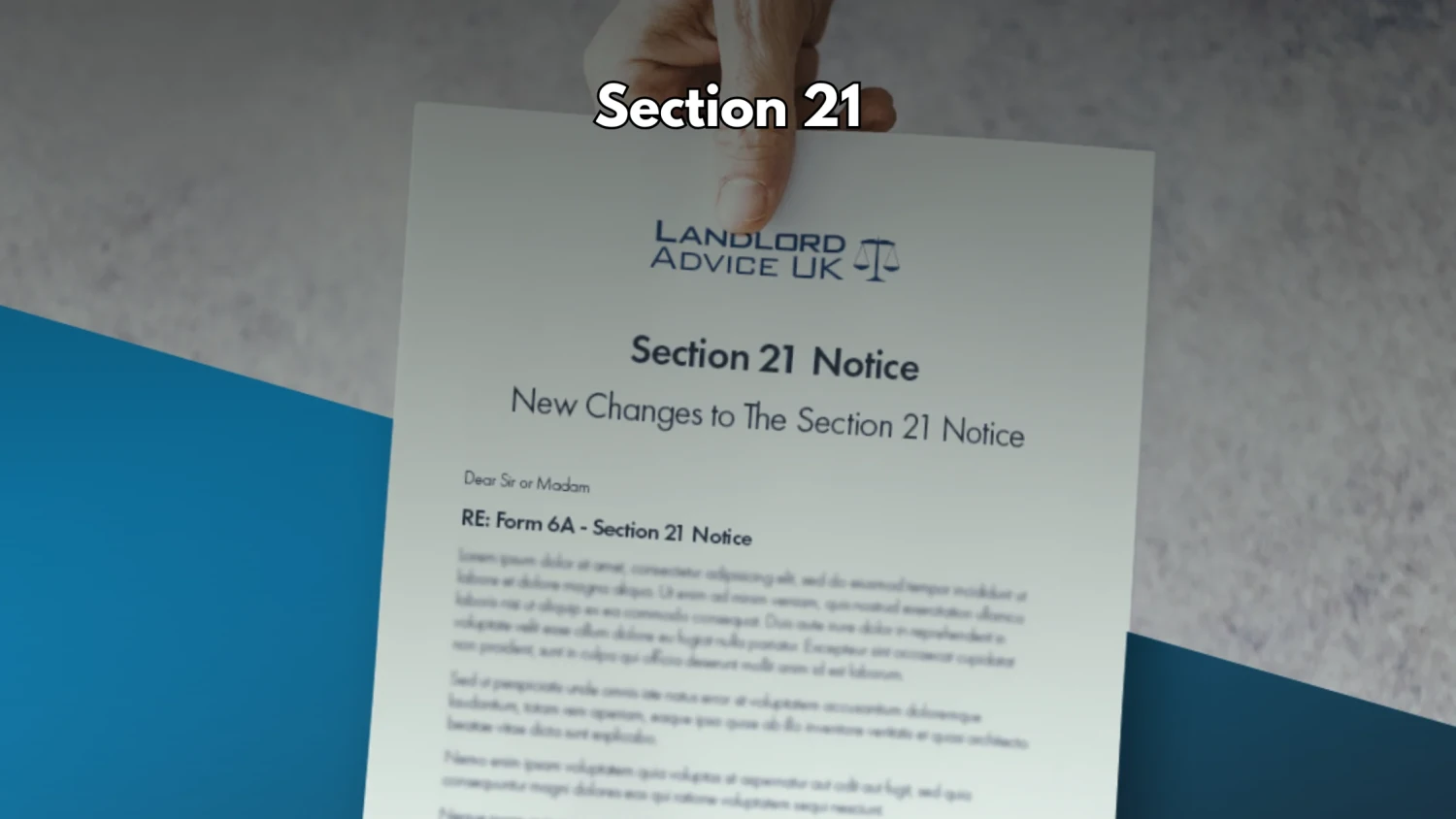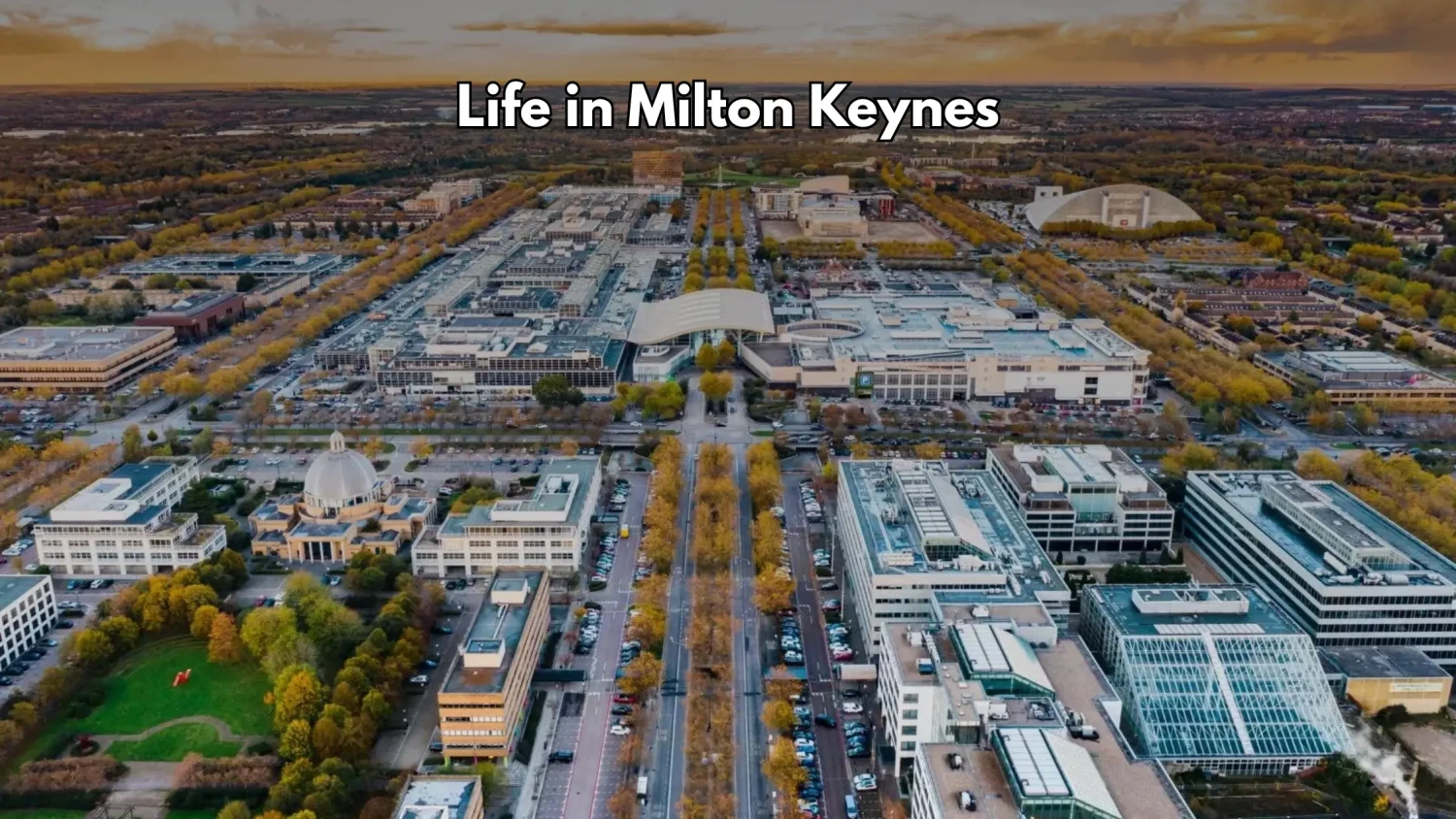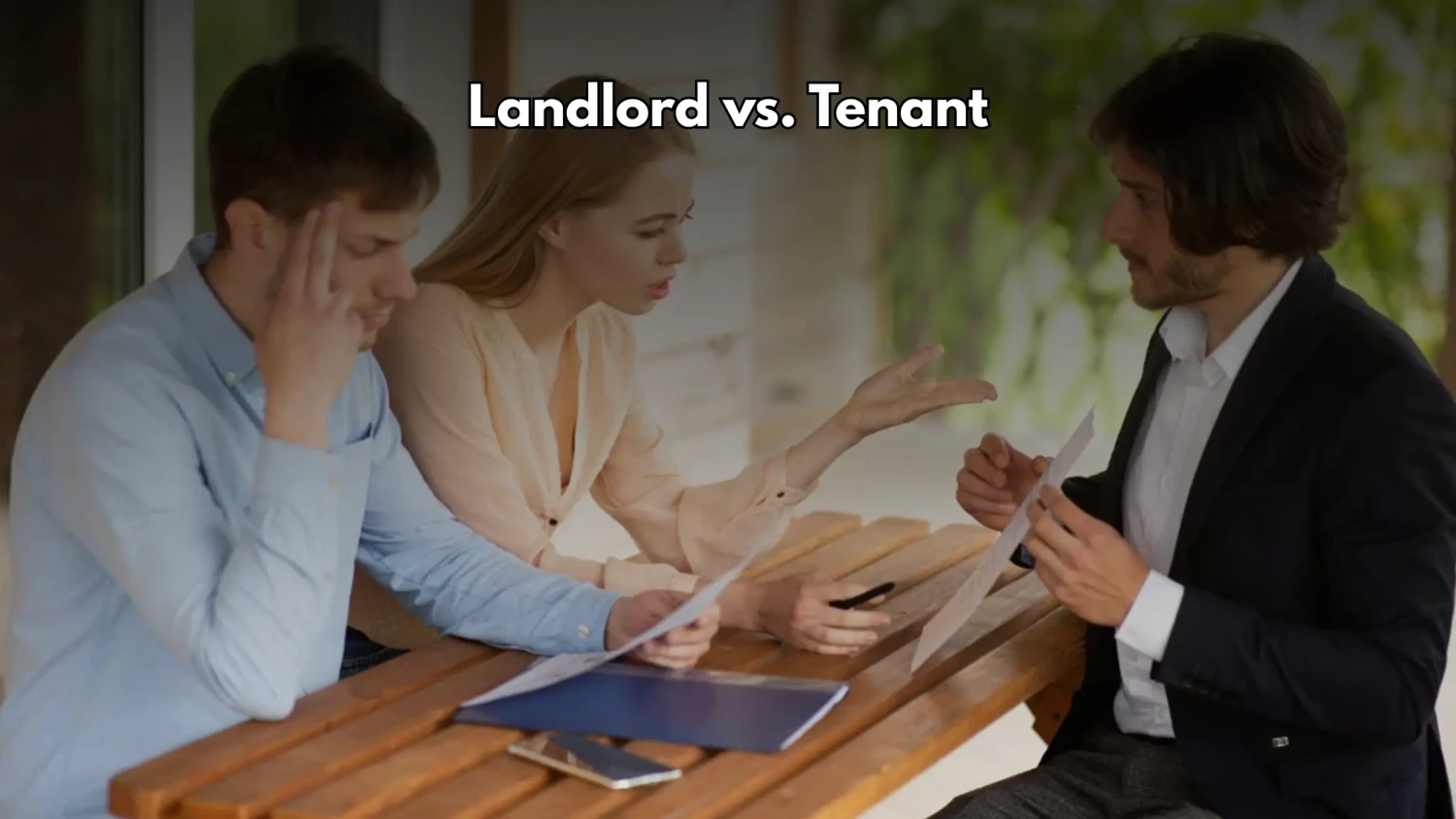
Deposits are among the key issues encountered when moving into a flatshare. Having knowledge of deposit protection schemes would ensure you that your money is safe. Whether you share a flat with friends, housemates, or complete strangers, knowing your rights will keep you out of unnecessary stress or financial loss.
What is a Deposit Protection Scheme?
The scheme for deposit protection is an arrangement of the law to protect the deposits of tenants in dwelling houses for rent. It assures that the initial monies paid by the tenant at the onset of a tenancy are kept until the tenancy ceases. It protects unauthorized deductions and offers an impartial platform for settling disputes.
How Deposit Protection Works
- Timeframe: After the deposit is given, it should be protected within an allocated number of days, which is usually 30.
- Tenant Information: The tenant must be informed about where their deposit is being held and how they can claim it at the end of the tenancy.
- Fair Deductions: Deductions may be made for rent arrears, damages beyond normal wear and tear, or breach of the tenancy agreement.
- Dispute Resolution: If the landlord and tenant cannot come to an agreement about deductions, an independent body shall be available to offer their assistance in settling the dispute.
Flatshares and Joint Tenancies
With flatsharing or St Kilda shares, usually joint tenancies are involved. Therefore:
- Deposits are usually accepted as one lump sum for the whole property.
- Usually, one tenant is chosen to act as a lead go-between for the scheme on behalf of the other tenants.
- Every deposit might be deducted if one tenant is responsible for the damage at an equal rate.
- In cases where one tenant leaves early, it complicates returning the deposits to other tenants.
Understanding this setup can help prevent any dispute between tenants at the time of ending the tenancy.
Common Issues Flatsharers Face
Unprotected Deposits: Many landlords simply do not protect the deposit, which is considered unlawful.
Awareness Lack: Tenants are often unaware that they could challenge unfair deductions.
Delayed Returns: Return of deposits may be delayed due to disputes and sometimes because of bad communication.
Responsibility Confusion: Flatmates sometimes get into arguments about which of the tenants in the joint tenancy is responsible for damages or cleaning.
Best Practices for Flatsharers
Take the following while depositing your money
- Verify Protection – Always make sure to get a written confirmation stating that your deposit has been protected.
- Documentation – Whenever you are moving in, take photographs or videos, and draw up an inventory of the property to keep track of its condition.
- Clear Communication – It should be agreed upon with fellow tenants from the outset as to how a deposit will be administered should one move out early.
- Property Care – Avoid unnecessary deductions by maintaining good cleaning standards in shared spaces and treating the home with care.
- Oppose Unfair Deductions – If you do not agree with any, use the dispute resolution procedure provided by the scheme.
Key Facts for Tenants
|
Aspect |
What It Means for Flatsharers |
|
Deposit protection deadline |
Must be protected within 30 days |
|
Joint tenancy deposits |
Treated as one total sum for the household |
|
Deductions allowed |
Only for rent arrears, damage beyond wear and tear, or breaches |
|
Documentation |
Inventories and photos are vital for protecting your money |
|
Dispute rights |
Tenants can challenge unfair deductions through impartial resolution |
Conclusion
A deposit protection scheme has been established to make the rental safer and fairer for tenants. Having such a scheme is especially important with flatsharers, since more than one person is responsible for the deposit. During the tenancy, keep records, communicate with your housemates, and be aware of your rights so that your money is kept secure.









